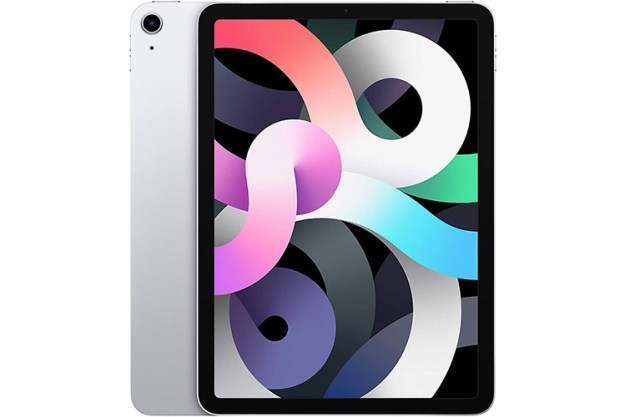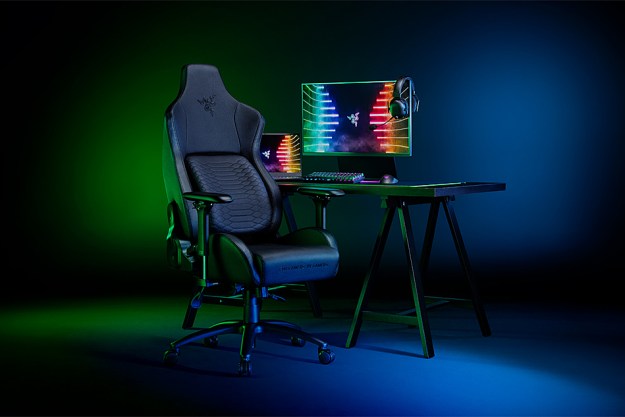
The new company is a subsidiary of Graham Holdings (formerly known as the Washington Post company) and education program provider Kaplan Inc. with a mission statement to provide cyber security education and development to companies and their employees in response to the wave of attacks and breaches as well as the growing use of smart homes, Internet of Things, and delivery drones.
Courses will be delivered in person or online, and the initial target audience is executives and board members.
“There is a documented cyber workforce shortage that continues to grow,” said Timothy O’Shaughnessy, CEO and president of Graham Holdings. “With the strength of our company coupled with the world-class education expertise gleaned from Kaplan, CyberVista is well-equipped to meet this critical need in the market.”
There is a mixed view among the security community over whether or not there is in fact a skills shortage in cybesecurity. Politicians have lamented the number of professionals working on security while others in the industry have called the shortage a “myth”.
Last year saw a huge number of businesses fall prey to cyber-attacks and data breaches. CyberVista appears to have identified a big market for its business but it remains to be seen if companies will be welcoming.
“We believe that a well-trained force of security professionals working together with cyber-literate executives and security-aware employees is an organization’s most critical line of defense. We intend to deliver the education and training required to create that kind of workforce,” said CyberVista CEO, Amjed Saffarini.
The company has assembled an advisory board of cybersecurity experts from across the industry whose names regularly appear in the media commenting on and analyzing cyber threats, including Tom Kellermann, chief cybersecurity office at Trend Micro; Richard Wilhelm, senior executive advisor at Booz Allen Hamilton; and Robert Lenz, senior advisor at the Cyber Security Consulting Group.
CyberVista was announced at the CES CyberSecurity Forum today, the first edition of the forum held at CES tackling issues and concerns around growing cyber threats.


